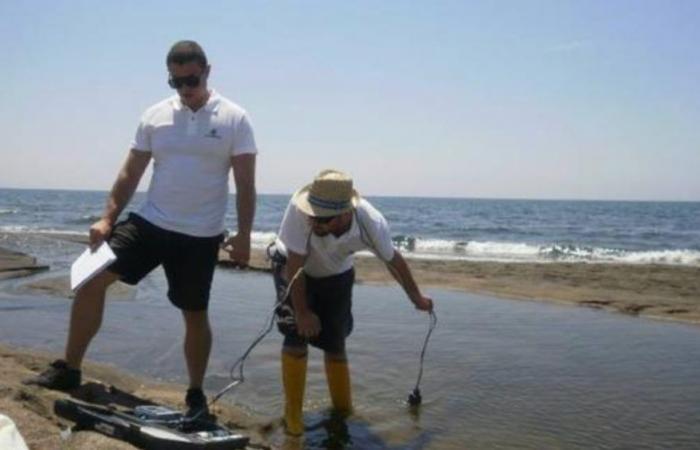Limits and bans, measures taken to the last centimetre that confuse beach-goers and irritate holiday-makers because it is anything but simple to find your way through the maze of “diving bans” on the beaches of the coast north of Roma. If going down towards San Felice and Sabaudia it is a “triumph” of blue, on the opposite side the scenario is black up to Tarquinia. Last April, the Lazio Region, based on the findings of the Arpa, signed a decree in which ten municipalities of the coast are classified with the black flag. What does it mean? That there are stretches of coast but also lakes where, in essence, bathing is not permitted or in any case is sanctioned by those who practice it. Without prejudice to the need and existence of the necessary controls.
Black Flags, Beaches to Avoid in Lazio: 10 Places Where You Shouldn’t Swim
THE CLASSIFICATION
The classification takes place every year, the “Blue Flags” established at an international level way back in 1987 represent a recognition for the coastal municipal administrations regarding the management of environmental issues, with particular reference to the protection of the marine ecosystem. On the other hand, precisely, the “black flags”. And in Lazio there are several that concern the province of Rome and that of Viterbo. But the marked areas are near the mouths and therefore the various establishments near them are in trouble because marking a certain limit at sea is not like doing it on land. The list however includes, leaving aside Tarquinia (near the Marta river) and Montalto di Castro (From Tenuta Marchese Guglielmi to Foce Fiume Fiora) Municipalities very frequented by the Romans. It goes from Santa Marinella to Cerveteri, passing through Ladispoli, Fiumicino, Pomezia, Ardea, Anzio and Nettuno. But as mentioned, it is not the entire coast on which the individual Municipalities overlook that is prohibited. Only some stretches that are also indicated. In Santa Marinella, for example, the ban concerns the area of the small port up to Foce Fosso Santa Maria Morgana, in Anzio the part of the port and the area of Foce Fosso Cavallo Morto. In Nettuno from the Port 300 meters to the left up to Fosso Loricina. In Ardea the “off-limits” areas include the mouths of Fosso del Diavolo, Fosso Caffarella, Fosso Cavallo Morto, Foce Canale Biffi, the right of Foce Rio Torto. “Yes but to the right up to where?”, asked some residents. Clearly this classification, although careful based on the findings of Arpa, is generating chaos among those who have rented umbrellas and deck chairs even for the entire season because the sea teaches it, then there are the currents to deal with.
HEALTH
“The precautionary bans near rivers are a technical issue that is difficult to resolve.” Filippo Moretti, biologist and researcher at ENEA (National Agency for New Technologies, Energy and Sustainable Development), intervenes. Beach resorts and mayors are pushing for a change in the regulations on sea bathing, but according to Moretti, the State tends to protect bathers as a precaution. “Especially in summer,” explains the expert, “a concentration of bacteria could occur in ditches, also due to stagnant water. A contamination of bacteria that, perhaps on some days, could end up in the sea. And enterococci are able to survive even at high temperatures. Obviously, I understand the mayors and operators in the sector who feel damaged in some way. Ladispoli, for example, is one of the most penalized places because two rivers flow into the center, cutting off at least 800 meters from bathing.” And what if ad hoc checks were carried out every day? “It wouldn’t change the situation much,” concludes Moretti, “since the results of the analyses wouldn’t be immediate precisely because there is an incubation period.”
© ALL RIGHTS RESERVED
© ALL RIGHTS RESERVED
Read the full article on
The messenger



